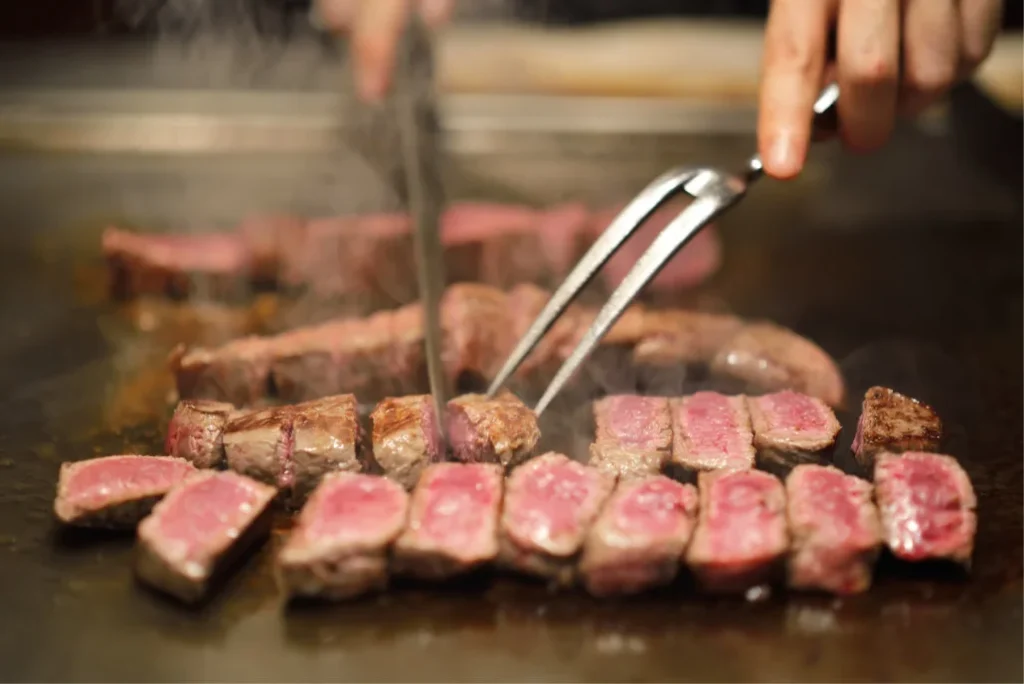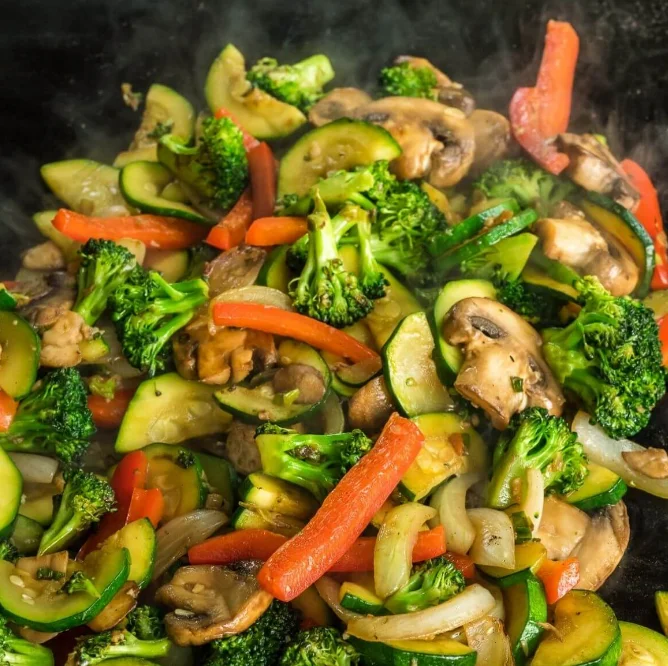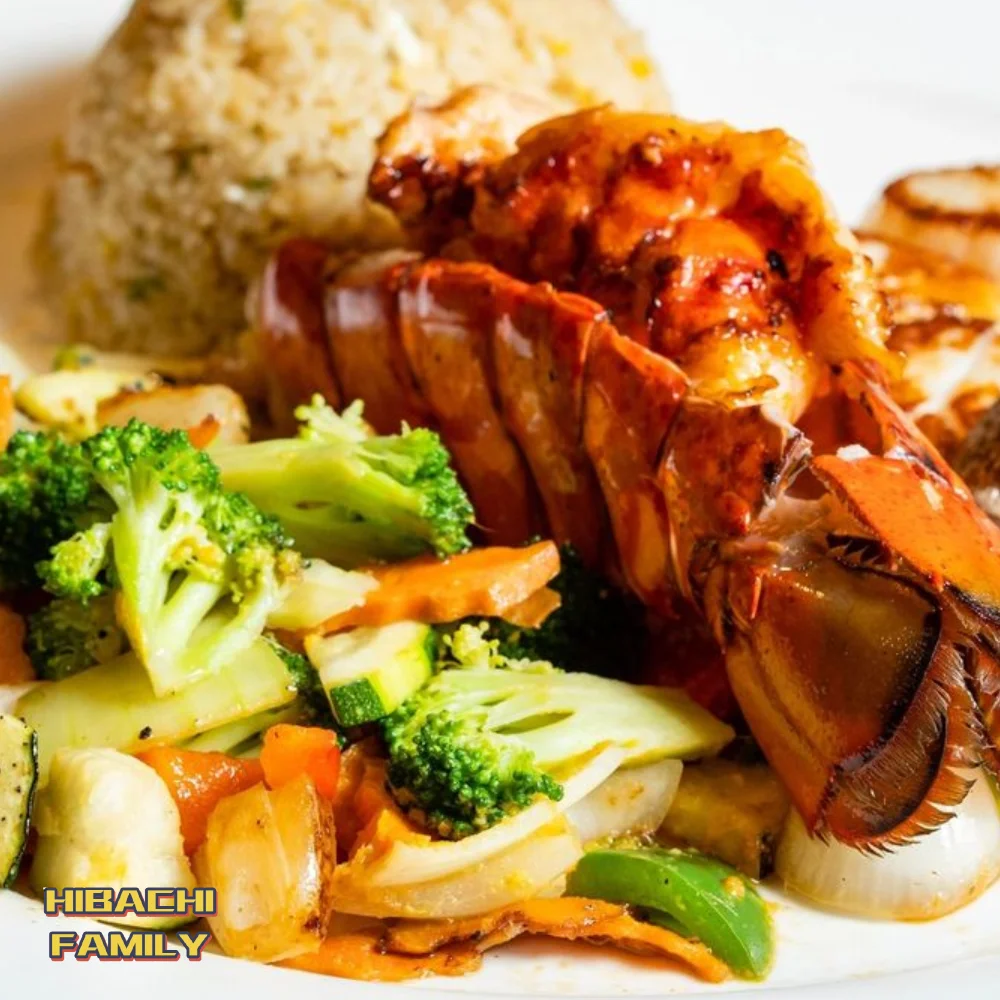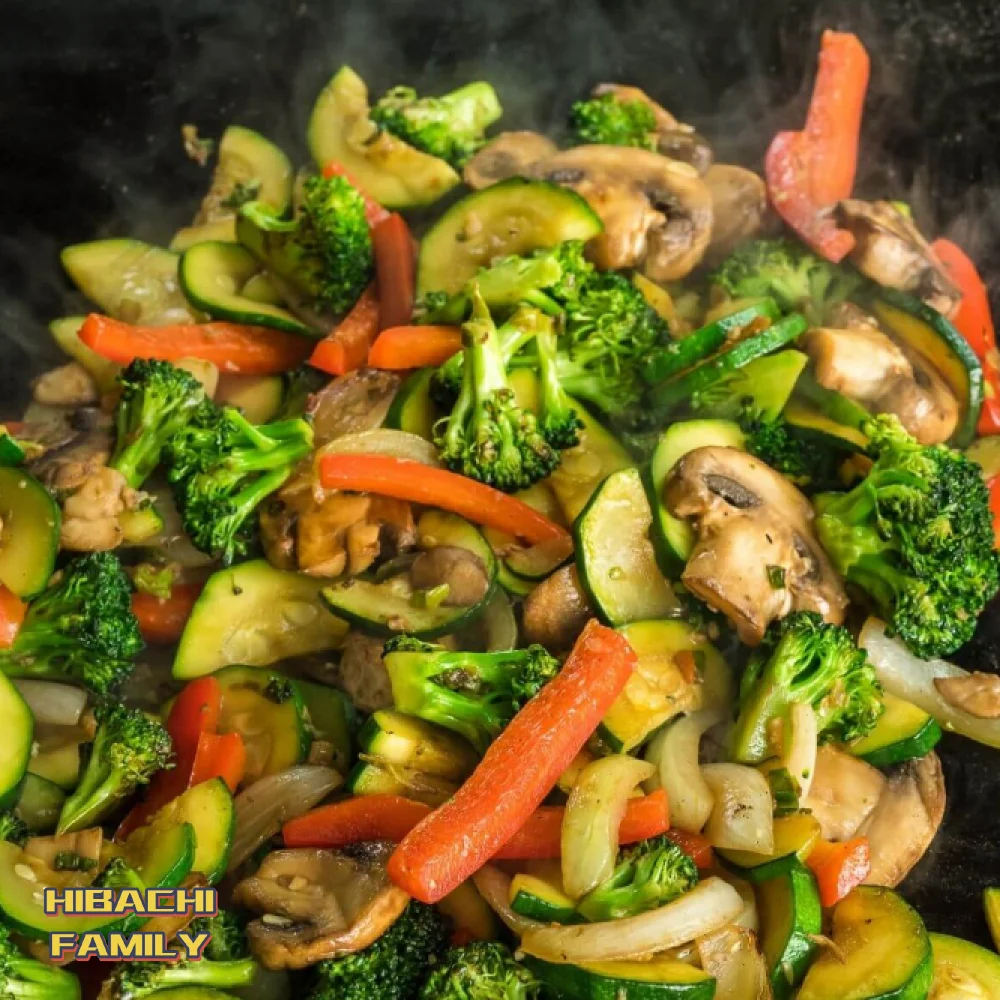An at-home hibachi catering experience is unforgettable—the sizzling grill, the laughter around the table, and of course, the incredible food. But what happens after the event, when your fridge is packed with leftover hibachi chicken, fried rice, noodles, and vegetables? You don’t want to waste them, but you also don’t want to end up with soggy rice or dry chicken. That’s when knowing the best way to reheat hibachi leftovers makes all the difference.
At Hibachi Family, we specialise in bringing authentic hibachi meals to your home, and we know from experience that hibachi tastes just as amazing the next day—if you reheat it properly. This guide covers everything you need to know about how to reheat hibachi chicken, fried rice, noodles, and vegetables so they taste almost as fresh as when they came off the grill.
Why Proper Reheating Makes a Difference?
Reheating isn’t just about warming food. It’s about restoring the bold garlic-butter flavour, the crisp vegetables, and the smoky, charred taste that hibachi is known for. Done wrong, leftovers can:
- Make rice mushy and clumpy.
- Dry out chicken or steak.
- Leave vegetables limp and flavourless.
- Cause noodles to turn rubbery.
With the right methods, you can revive hibachi leftovers so they’re satisfying, full of flavour, and close to their original texture.
The Best Way to Reheat Hibachi on the Stove
If you’re wondering how to reheat hibachi on the stove, this method is the gold standard. It closely mimics the original hibachi cooking style, where food is flash-fried at high heat for maximum flavour and texture.
Steps to reheat hibachi on the stove:
- Preheat a skillet or wok over medium-high heat.
- Add a small amount of oil or butter to prevent sticking.
- Toss in your leftovers—whether it’s chicken, steak, rice, or vegetables.
- Stir frequently for 2–4 minutes until heated through.
- For rice or noodles, spread them in a thin layer first to crisp them slightly before stirring.
- Add a splash of soy sauce or a small knob of garlic butter if the food looks dry.
Why it works: The stovetop reheats quickly and evenly, helping meat stay tender, rice regain its slightly crispy bite, and vegetables retain a bit of crunch.
How to Reheat Hibachi Fried Rice?
Hibachi fried rice is one of the most common leftovers—and one of the trickiest to reheat without losing texture. The goal is to keep the rice fluffy while restoring that lightly fried taste.
Stovetop method (best option):
- Heat a wok or skillet on medium heat.
- Add a teaspoon of oil or butter.
- Spread the rice evenly in the pan and press lightly with a spatula.
- Let it sit for a minute before stirring. This recreates the fried, slightly crispy edges.
- Stir occasionally until hot, adding a splash of soy sauce or water if needed.
Microwave alternative:
- Place rice in a microwave-safe bowl.
- Cover with a damp paper towel to prevent drying out.
- Heat in 30-second intervals, stirring in between.
The stovetop method is the best way to reheat hibachi fried rice, but the microwave works if you’re short on time.

How to Reheat Hibachi Chicken and Steak?
Protein is often the trickiest part of reheating because it can dry out quickly. Hibachi chicken and steak, however, reheat beautifully with the right method.
Stovetop method:
- Warm a skillet with a touch of oil or butter.
- Slice chicken or steak into smaller pieces so they heat evenly.
- Toss in the pan for 2–3 minutes, stirring occasionally.
- Add soy sauce or garlic butter near the end to refresh moisture and flavour.
Pro tip: Avoid microwaving chicken and steak unless you’re in a rush—it often leaves them chewy.

How to Reheat Hibachi Vegetables?
Hibachi vegetables like zucchini, mushrooms, onions, and carrots are best enjoyed crisp-tender. Overheating can make them mushy, so reheating should be quick and gentle.
Stovetop method:
- Add a teaspoon of oil to a skillet.
- Reheat vegetables over medium heat for 1–2 minutes.
- Stir occasionally but don’t overcook—they warm quickly.
Oven method (good for larger portions):
- Preheat oven to 375°F (190°C).
- Spread vegetables in a single layer on a tray.
- Heat for 8–10 minutes, flipping once.
Both methods preserve flavour and prevent sogginess.
Turn Every Occasion Into a Hibachi Celebration
Bring the thrill of live hibachi to your home with a private chef who cooks, entertains, and dazzles your guests. From birthdays to backyard parties, enjoy fire-kissed flavors, incredible showmanship, and memories that go far beyond dinner.
Can You Reheat Hibachi in the Microwave?
The microwave is convenient, but not ideal. It can leave rice sticky, noodles rubbery, and proteins tough. Still, it works if you’re short on time.
Best microwave approach:
- Place food in a microwave-safe dish.
- Cover with a damp paper towel to trap steam.
- Heat in 30–40 second intervals, stirring between rounds.
- Stop as soon as food is heated through to avoid overcooking.
This works best for hibachi fried rice and noodles, but less so for meats and veggies.
Using the Oven or Air Fryer for Hibachi Leftovers
When you need to reheat larger portions, the oven or air fryer can be a great choice.
Oven method:
- Preheat to 350°F (175°C).
- Place food on a tray and cover with foil.
- Heat for 10–15 minutes, removing foil for the last 2 minutes if you want crispier texture.
Air fryer method:
- Preheat to 350°F (175°C).
- Place chicken, steak, or vegetables in the basket.
- Heat for 3–5 minutes, shaking halfway.
The air fryer is especially good for reviving crispiness in proteins and vegetables.

The Hibachi Family Experience: Always Fresh
Of course, the best way to enjoy hibachi is fresh from the grill. With Hibachi Family’s mobile catering, your guests enjoy the excitement of live cooking and the unbeatable flavour of freshly prepared hibachi chicken, steak, seafood, and fried rice. But when you do have leftovers, using these reheating methods lets you bring the hibachi experience back to life the next day.
Whether it’s hibachi fried rice, juicy chicken, or grilled vegetables, the right reheating method means you’ll savour the same great taste you enjoyed at your event.
Final Takeaway
So, what’s the best way to reheat hibachi leftovers?
- Stovetop: The number one choice for chicken, steak, fried rice, and vegetables.
- Microwave: Fast and convenient, but best reserved for rice and noodles.
- Oven or air fryer: Ideal for larger portions and when you want food to stay crispy.
With a little care, your hibachi leftovers can taste almost as good as they did hot off the grill. And when you’re ready for another unforgettable experience, Hibachi Family brings the fun, flavour, and theatre of hibachi right to your doorstep.







